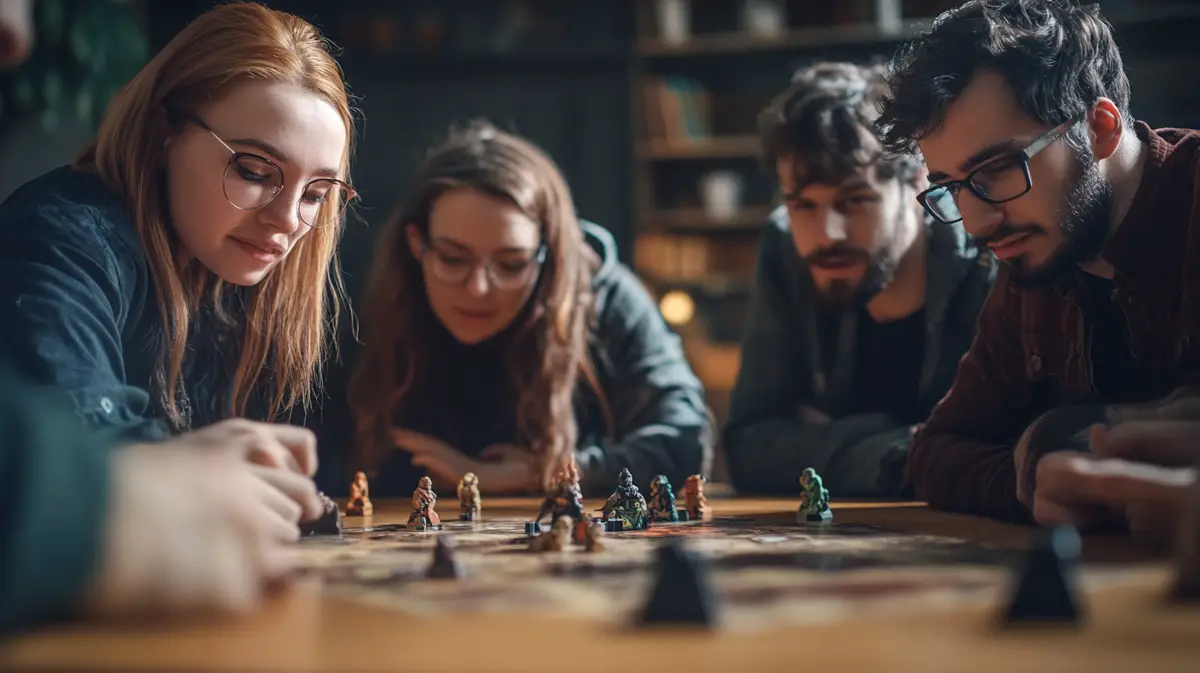Trying Out D&D Nights With Your Friends

Whether you’re always a little clued into nerd culture, or you’re simply looking for ways to game with friends outside of online games, D&D (or Dungeons & Dragons) and similar roleplaying have become significantly more popular over the past few years. Thanks to online live play series, podcasts, and a growing interest in RPGs in general, you might find your friends ready to jump into a game with you, but how do you make sure it goes well?
Take up the Role of the DM
The Dungeon Master, or DM, is the backbone of any D&D session, guiding players through the story, setting the scene, and controlling the flow of the game. If you’re new to DMing, take time to prepare and familiarize yourself with the basics. Start by reading up on the campaign and making notes on important plot points and potential challenges. Remember, your main goal as the DM is to facilitate an enjoyable experience for everyone. You don’t have to be perfect, flexibility and a sense of humor go a long way in making sure everyone has a good time.
Read up with the Right Books
The official D&D books, including the Player’s Handbook, Dungeon Master’s Guide, and Monster Manual, provide a solid foundation for any game. These resources help clarify rules, give inspiration for scenarios, and guide character and world creation. You don’t need to read cover-to-cover, but it helps to have a general understanding of how gameplay and combat work. For DMs, it’s also useful to read about the characters your friends will be playing, so you can anticipate their actions and add personalized challenges or opportunities. The more familiar you are with the rules and lore, the easier it will be to keep the game moving smoothly.
Ensure You Have All the Resources You Need
Having the right resources can enhance the D&D experience, adding layers of immersion for everyone involved. Essential items like Dungeons and Dragons dice, character sheets, and maps are the basics, but you could also include miniatures to represent characters, terrain pieces to illustrate settings, or even apps to play sound effects or music. Maps, whether physical or digital, are invaluable for helping players visualize their environment, and dice are the core of any game interaction. Some groups also enjoy digital tools like D&D Beyond, which can streamline character management and make it easier for new players.
Start with a Smaller Campaign First
For new D&D groups, starting with a short, smaller campaign is a great way to learn the game dynamics without overwhelming anyone. A one-shot or mini-campaign (a story that only takes a few sessions) provides a manageable introduction to the game and gives everyone a feel for the roleplaying elements, teamwork, and problem-solving involved. Small campaigns also allow you to adjust your approach as a DM, getting a sense of what resonates with your players and how to keep everyone engaged. This approach lays a solid foundation, building everyone’s confidence and enthusiasm for future, larger adventures.
If you find yourself wanting to improve the experience further, there’s a huge community of D&D fans online, and YouTube has a few channels for new DMs, in particular, that are well worth diving into.










